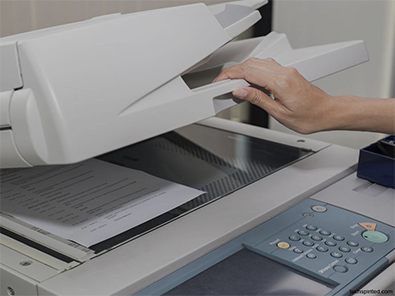Leasing a copier is a popular option for businesses looking to acquire office equipment without a substantial upfront investment. However, one common question that arises is: How long are copier leases? Understanding lease terms is essential when considering this option for your business. In this blog post, we will explore the typical duration of copier leases and provide insights to help you make an informed decision.
Lease Duration:
Copier lease terms can vary depending on several factors, including the copier vendor, financing company, and specific lease agreement. In general, lease terms for copiers range from 12 to 60 months, with 36 months being the most common duration.
Factors Affecting Lease Duration:
Several factors influence the length of a copier lease. These factors include:
a. Copier Type and Features: The complexity and functionality of the copier can impact the lease term. More advanced copiers with sophisticated features may have longer lease terms due to their higher initial cost and longer expected lifespan.
b. Budgetary Considerations: Lease terms are often influenced by the lessee’s budget and financial capabilities. Longer lease terms can result in lower monthly payments, making them attractive for businesses seeking to manage cash flow effectively.
c. Equipment Lifecycle: Copiers typically have a predictable lifespan before they become outdated or require significant maintenance. Lease terms are often structured to align with the expected lifecycle of the equipment.
d. Technology Advancements: The rapid pace of technological advancements may influence lease durations. Some businesses prefer shorter lease terms to keep up with the latest copier models and benefit from the most advanced features and improvements.
Pros and Cons of Different Lease Duration:
Each lease duration has its advantages and considerations. Let’s explore the pros and cons of different lease terms:
a. Short-Term Leases (12-24 months): Short lease terms offer flexibility and the ability to upgrade to newer models quickly. They are suitable for businesses with rapidly changing technology requirements or those that want to test a copier’s performance before committing to a long-term lease. However, short-term leases often have higher monthly payments.
b. Medium-Term Leases (24-36 months): Medium-term leases strike a balance between flexibility and cost-effectiveness. They provide the lessee with reasonable monthly payments while still allowing the opportunity to upgrade equipment at a reasonable interval. These lease terms are popular among businesses that anticipate moderate growth or stable copier needs.
c. Long-Term Leases (36-60 months): Long-term leases offer the lowest monthly payments, making them attractive for businesses looking to manage costs over an extended period. They provide stability and predictable payments, but they may result in using slightly older technology toward the end of the lease term.
Lease Renewal and End-of-Lease Options:
At the end of a copier lease term, businesses typically have several options. These may include:
Equipment Upgrade: Many lease agreements allow lessees to upgrade to newer copier models at the end of the term. This option enables businesses to benefit from the latest technology advancements.
Lease Extension: Some leases offer the option to extend the lease term, allowing businesses to continue using the copier without significant changes or disruptions.
Purchase Option: Certain lease agreements include a purchase option at the end of the lease term. This allows businesses to buy the copier at a predetermined price if they wish to retain ownership.
Conclusion:
The duration of copier leases can vary, with lease terms typically ranging from 12 to 60 months. The specific lease term depends on various factors, including the copier type, budget, expected equipment lifecycle, and technology advancements.



